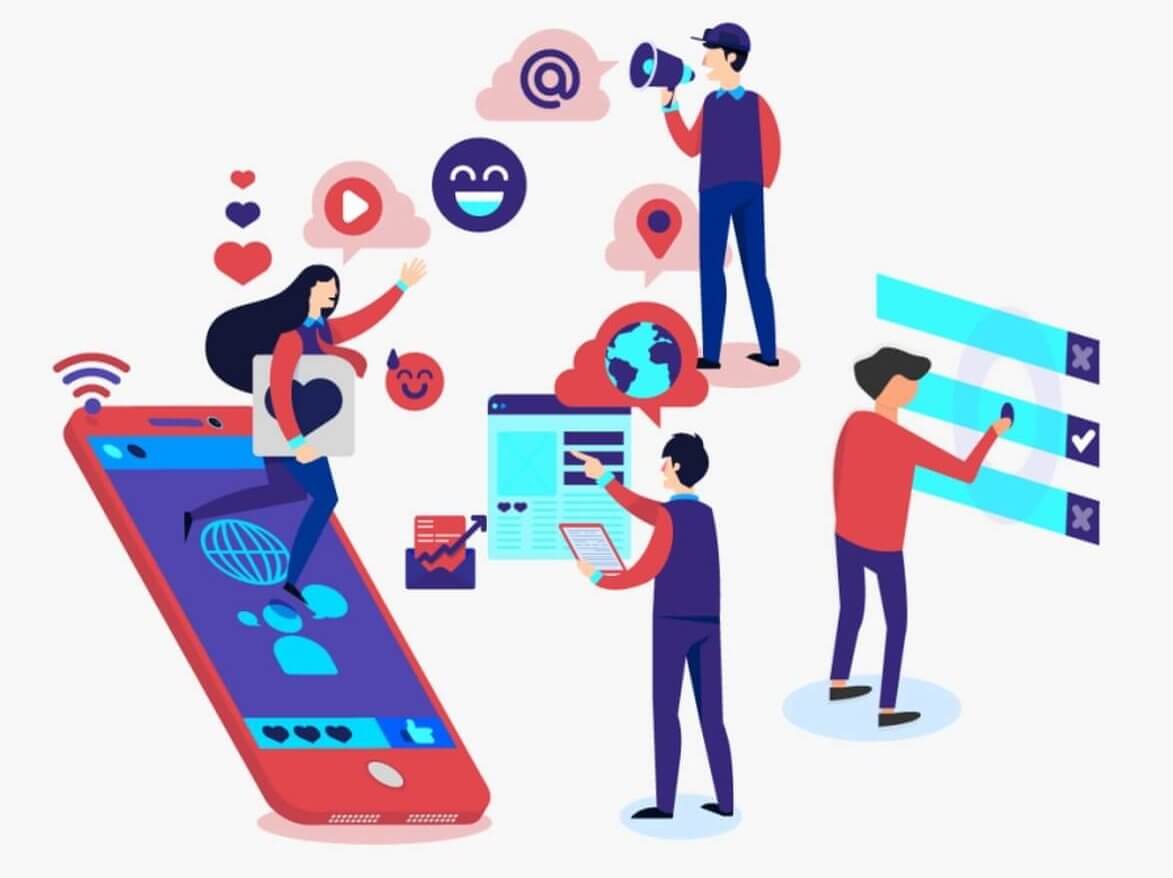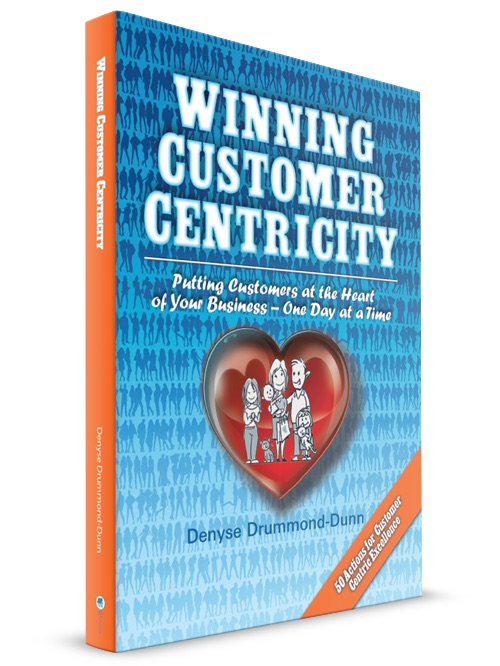As has been claimed for decades, there are differences between B2C marketing strategies and those of business-to-business (B2B).
However, as companies continue to evolve in an increasingly digital landscape, these disparities, while significant, share the underlying goal of establishing meaningful connections with the people who buy their products and services.
As companies strive to navigate the complexities of their respective markets, the learnings one can gain from examining the nuances of both B2B and B2C marketing become self-evident.
This is why I decided this week to examine not only the unique challenges and opportunities inherent to each industry, but also to reveal the transformative insights one sector can adopt from the other.
Understanding the Landscape of B2B vs. B2C Marketing
At the heart of all effective marketing strategies lies the principle of satisfaction and connection. It involves understanding the needs, desires, and behaviours of your customers/consumers/clients (C³ – now you know where our company name comes from!) and then composing messages that resonate with them. However, the path to achieving this relationship differs significantly between B2B and B2C marketing.
B2B Marketing: The Complex Web of Decision-Making
B2B marketing focuses on addressing the needs, interests, and challenges of the decision-makers who make the purchases on behalf of their organizations. This realm is characterized by:
- Longer Sales Cycles: B2B transactions often involve substantial investments, necessitating a more extended period of deliberation, approval, and procurement processes.
A study by Gartner highlighted that 77% of B2B buyers stated their latest purchase was very complex or difficult. B2B transactions, such as IBM’s enterprise software solutions or Caterpillar’s heavy machinery, involve substantial investments and can extend for months or even years. This complexity necessitates marketers to engage in continuous nurturing strategies, educational content provision, and stakeholder management to guide the decision-making process.
- Rational Decision-Making: Decisions are driven by logic, return on investment (ROI), and efficiency gains, requiring marketers to focus on the value proposition and detailed product information.
B2B decisions are driven by logic and ROI. For instance, Salesforce markets its CRM solutions by highlighting efficiency gains, scalability, and improved sales metrics, appealing directly to organizational goals and the bottom line.
- Relationship Building: Given the smaller target market and higher stakes involved, forging strong, long-term relationships with clients is paramount.
The emphasis on cultivating long-term relationships is exemplified by the account-based marketing (ABM) approach, where companies like Adobe focus on individual client accounts as markets in their own right, customizing their marketing efforts to each account’s specific needs and history with the brand.
B2C Marketing: The Emotional Journey
In contrast, B2C marketing targets directly individual consumers, tailoring strategies to meet their personal preferences and behaviours. This sector is typified by:
- Shorter Sales Cycles: Purchases are often impulsive or based on immediate needs, leading to quicker decision-making processes.
B2C purchases, ranging from impulse buys like a new pair of Nike sneakers to more considered purchases like a Peloton bike, often involve shorter decision times. Nike excels in creating an emotional appeal through inspirational storytelling, directly influencing




 This post regularly appears in the top three posts on C3Centricity. This shows the quality of its recommendations and content. And the importance of business insights.
This post regularly appears in the top three posts on C3Centricity. This shows the quality of its recommendations and content. And the importance of business insights. 

 Quantum Customer Centricity (QC2) takes a multi-dimensional view of the four moving parts of a customer-first strategy. It boosts business by leveraging your strengths while identifying the biggest opportunities for growth. It finds the small, key changes that will maximise your company’s benefit.
Quantum Customer Centricity (QC2) takes a multi-dimensional view of the four moving parts of a customer-first strategy. It boosts business by leveraging your strengths while identifying the biggest opportunities for growth. It finds the small, key changes that will maximise your company’s benefit.







 Nestlé does a great job of providing useful information on their pack,s with their “nutritional compass.” This includes four different pieces of information: good to know, good to remember, good question and the nutritional data.
Nestlé does a great job of providing useful information on their pack,s with their “nutritional compass.” This includes four different pieces of information: good to know, good to remember, good question and the nutritional data. Juvena of Switzerland: The short message to “Enjoy the smoothness” on the back of the Juvena hand cream sample tube, makes the experience both …
Juvena of Switzerland: The short message to “Enjoy the smoothness” on the back of the Juvena hand cream sample tube, makes the experience both … 
 Let’s start at the very beginning – with the customer of course!
Let’s start at the very beginning – with the customer of course! They certainly have several needs, but you should aim to address only one of them.
They certainly have several needs, but you should aim to address only one of them.
 As I mention in
As I mention in 








